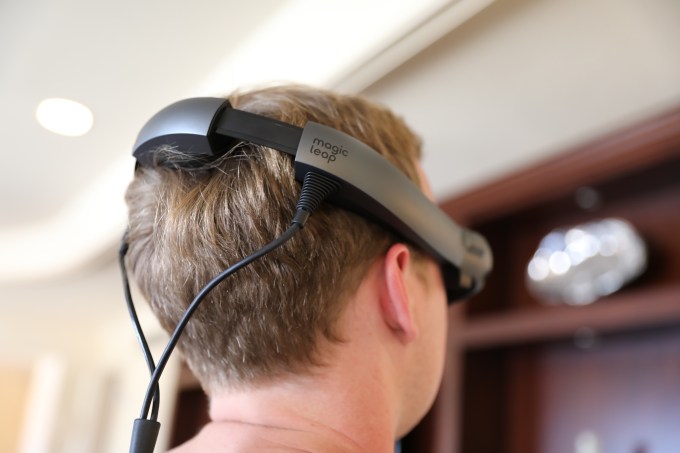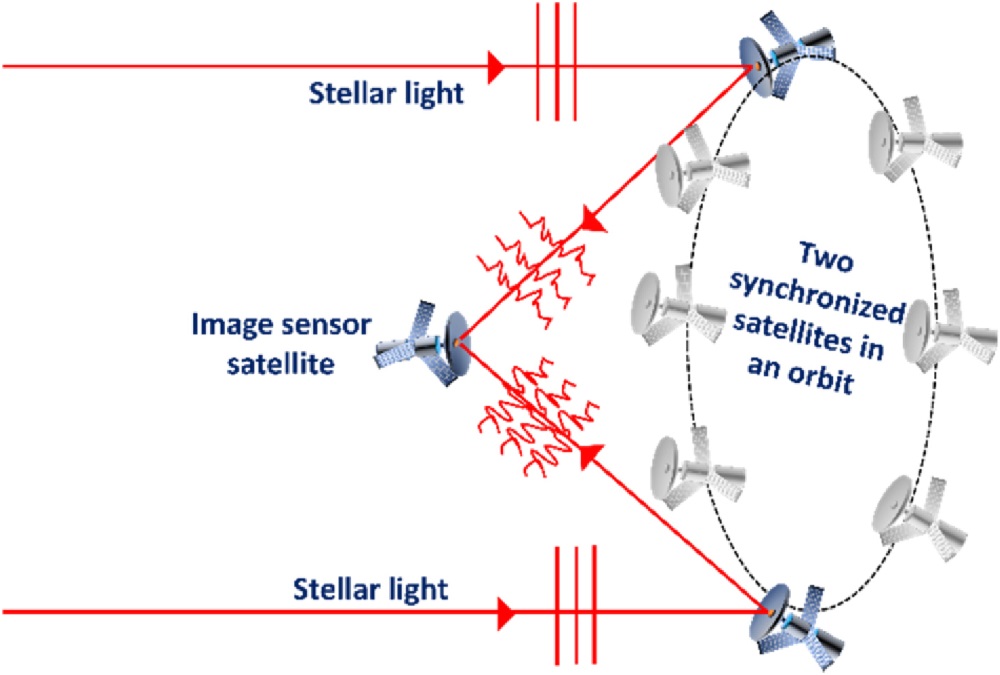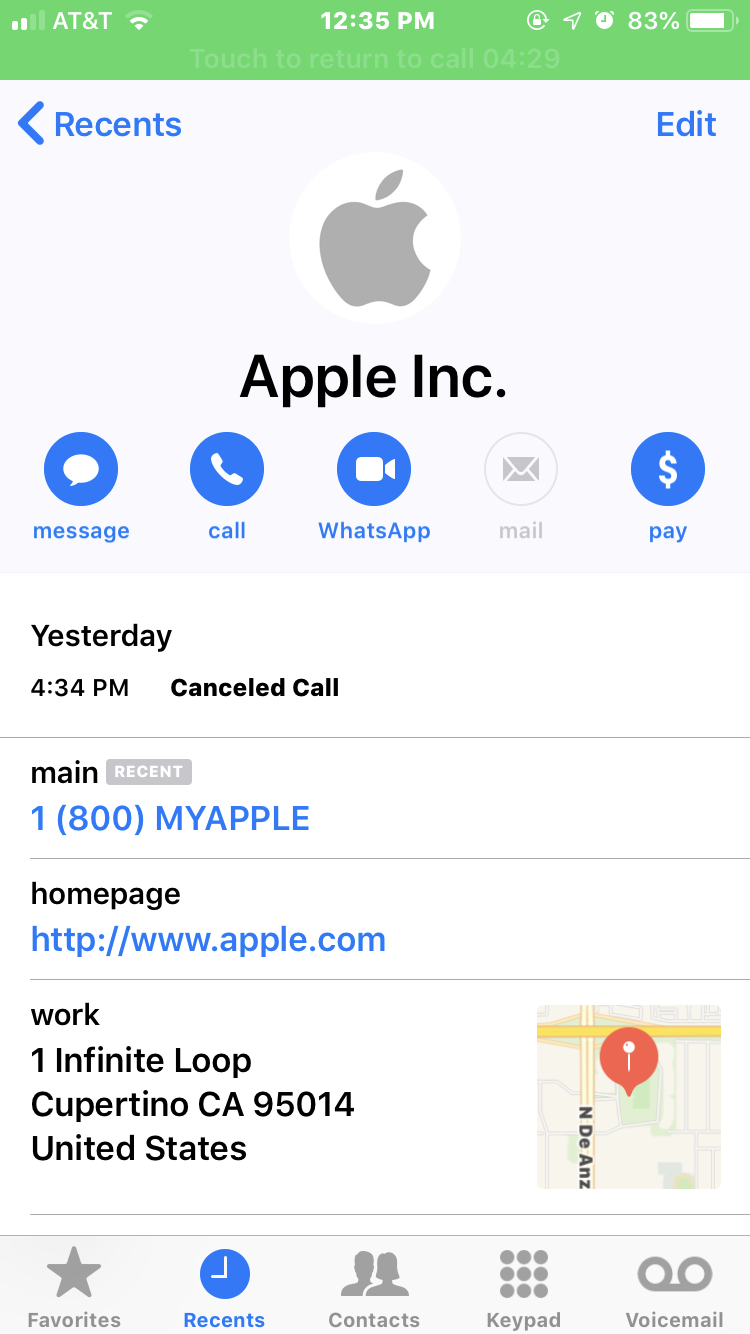Venture capitalists swore in the new year the only way they know how… by submitting SEC paperwork for new funds! insert party hat/confetti emoji here.
As many of us brainstormed our New Year’s resolutions and let our hangovers wear off, several firms began this week what for some is a long and arduous process of raising a VC fund and for others is as simple as a few phone calls to LPs. What else happened this week? Pokémon GO creator Niantic secured $190 million, Mary Meeker announced the name of her fund and a whole bunch of people played with Popsugar’s somewhat sketchy twinning app.
Mary Meeker will raise up to $1.5 billion for Bond, her new VC fund. Union Square Ventures raised $429 million across two new funds. Lightspeed Venture partners announced a $560 million China fund. And biotech firm Atlas Venture brought in $250 million.

TechCrunch’s Lucas Matney takes a look at struggling augmented reality startups and questions some of the larger players, from Magic Leap to Snap and Niantic. And speaking of Niantic, the Pokémon GO developer closed a $190 million funding round this week at a $3.9 billion valuation.
Indian startups start the year off strong:
Startups based in India raised more than $10 billion in 2018, per Venture Beat, a record amount of capital for the country. Already this year one company has closed a round larger than $100 million. CarDekho, an online marketplace for car sales in India, has pulled in a new $110 million Series C funding round this week to push deeper into financial services and insurance.
Boom Supersonic, which is building and designing what it calls the “world’s first economically viable supersonic airliner,” announced a $100 million Series B funding round led by Emerson Capital. Other investors include Y Combinator’s Continuity Fund, Caffeinated Capital, SV Angel, Sam Altman, Paul Graham, Ron Conway, Michael Marks and Greg McAdoo.

A startup disrupting the … bottled water business:
FloWater has raised $15 million for its reusable water bottle refilling stations to produce purified water. Bluewater, a Swedish company that sells water purifiers, among other things, led the round.
VC subsidized vending machines:
Vengo makes wall-mounted mini-vending machines the size of large picture frames that it then sells to vending machine distributors, asking for a small fee per month in exchange for access to its software. Now it has $7 million to build out its business.
After SpaceX filed more SEC paperwork as part of its $500 million upcoming fundraise, TechCrunch’s Connie Loizos noticed a familiar name on the document: Steve Jurvetson. Jurvetson is a longtime board member of both Tesla and SpaceX, but after he left DFJ, the venture capital firm he co-founded, in 2017 amid questions about his personal conduct, there was uncertainty around whether he would keep those director positions. Well, it looks like Elon Musk is standing by Jurvetson.
And finally, are you smarter than a TechCrunch reporter?

 It wasn’t just the Fed chairman’s observations about the potential for rate hikes in 2019 that had investors buying, but assurances about Powell’s job security in the face of increasing pressure from President Trump.
It wasn’t just the Fed chairman’s observations about the potential for rate hikes in 2019 that had investors buying, but assurances about Powell’s job security in the face of increasing pressure from President Trump.




 (@shookswiftie)
(@shookswiftie)